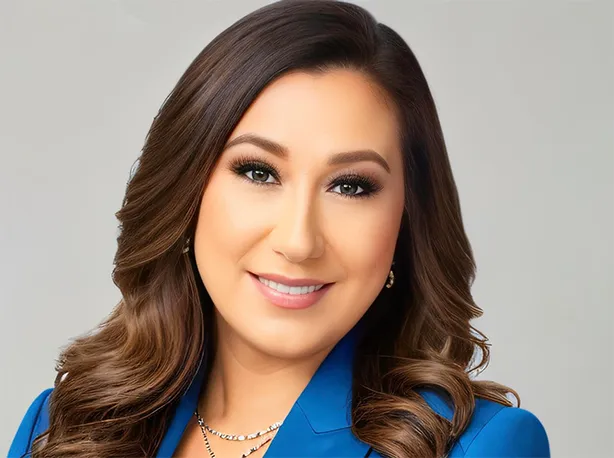It’s a time that’s filled with emotion and excitement: you’ve found a buyer for your home, and they have produced an official offer, which both sides have signed after much negotiation. Although this may feel like the last part of the process, the real work is only beginning. Below, a high-level step-by-step guide on what happens next, and what you’re responsible for as a home seller.1. First, escrow opens.Now that the offer is signed, it’s time to open escrow, which simply means handing over the earnest money the buyer provided at the time the contract was signed.2. Next, the title search begins.As is explained simply by Wikipedia, a title search is a process of retrieving documents evidencing events in the history of a piece of real property, to determine relevant interests in and regulations concerning that property. You went through this process as a buyer, and now it's time to do it all over again!3. The buyer now gets pre-approval on the necessary mortgage.Unless the buyer is paying cash, the purchase contract likely includes a contingency for the buyer’s mortgage to be pre-approved. The process won’t move forward without pre-approval.4. Now it’s time to talk about closing costs.Yes, the buyer typically pays for what is traditionally defined as “closing costs”—but as the seller, you’ll be paying some fees of your own, like the agent commission.Check out this articlefor a comprehensive breakdown of all the fees you can expect, and remember—nearly all of it is negotiable, so it’s beneficial to work with an agent who’s experienced in the art of negotiation.5. Then, the requisite home inspections.Most likely, the buyer will ask for one as part of the offer, and the sale will go through only when your home clears it. Along these same lines, you can probably count on having to go through a pest inspection, given that termites are such an issue in Southern California.6. Last call for any renegotiation!The deal is now close to being, well, closed—so if either party wishes to renegotiate the terms of the original offer, it’s now or never. In the event the buyer is the one attempting to introduce updated terms, it’s critical you’re working with a seasoned professional who understands the nuances of this situation from experience.7. Finally, it’s time for the buyers’ final walkthrough.Although it’s not technically a home inspection, you can think of it as a lighter version of one, as its main purpose is to allow the buyer to confirm that a) all contractually agreed-upon repairs have been made, and b) nothing else has changed the condition of the property they agreed to purchase. This usually takes place just days, even hours before the deal officially moves to close.8. Now you’ll sign the escrow documents.And with that, it’s a done deal!There are a lot of balls in the air during the closing process. Don't try to juggle them yourself, work with an experienced First Team agent to be your advocate and personal guide. Reach out and connect with a First Team agent to help you through the selling process to make sure your experience is seamless.
5 Renovations That Are Better For Home Sellers Than Remodeling
May 28, 2013




.jpg)
.jpg)



